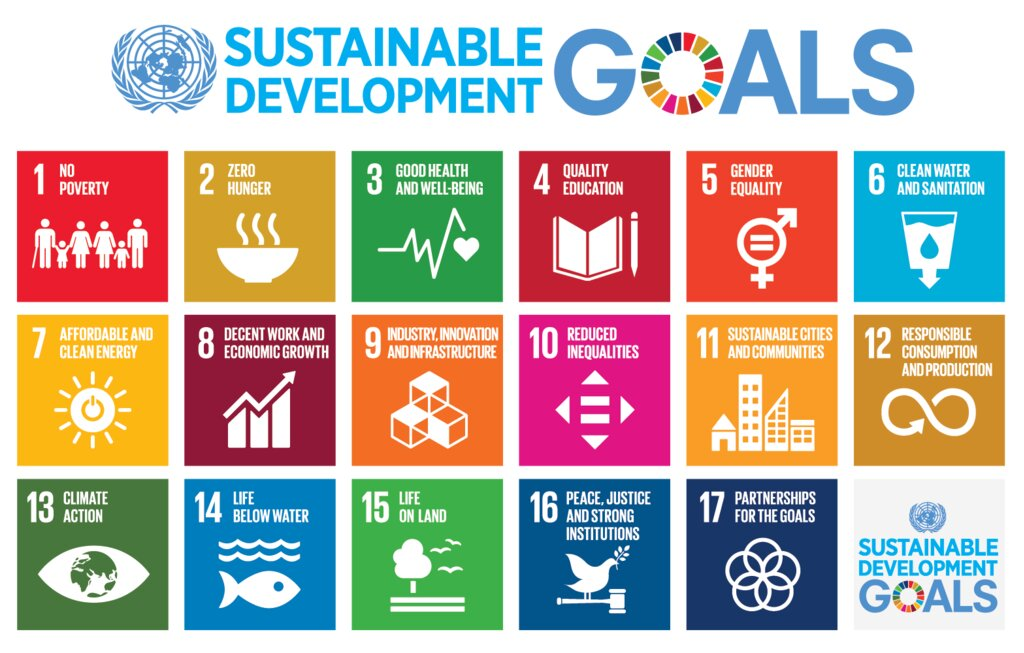The Gender Snapshot 2022 | 08 Sep 2022
For Prelims: Gender Snapshot 2022, Sustainable Development Goal-5 (SDG-5).
For Mains: Issues Related to Women, Gender Gap, Related Challenges and Way Forward.
Why in News?
Recently, the report entitled “Progress on the Sustainable Development Goals (SDG): The Gender Snapshot 2022” was launched by United Nations (UN) Women and the UN Department of Economic and Social Affairs (UN DESA).
What are the Key Findings of the Report?
- The report highlighted that Substainable Development Goal-5 (SDG-5), or achieving gender equality, will not be met by 2030 at the current pace of progress.
- By the end of 2022, around 383 million women and girls will live in extreme poverty (on less than USD 1.90 a day) compared to 368 million men and boys.
- It will take close to 300 years to achieve full gender equality at the current rate of progress.
- It will also take at least 40 years to achieve equal representation of women in national parliaments.
- Progress must be 17 times faster than last decade’s progress of the last decade, to eradicate child marriage by 2030.
- Girls from the poorest rural households and in conflict-affected areas are expected to suffer the most.
- In 2021, about 38% of female-headed households in war-affected areas experienced moderate or severe food insecurity, compared to 20% of male-headed households.
- Globally, women lost an estimated USD 800 billion in income in 2020 due to the pandemic.
- More women and girls are now forcibly displaced than ever before, some 44 million women and girls by the end of 2021.
- Over 1.2 billion women and girls of reproductive age (15-49) live in countries and areas with some restrictions on access to safe abortion.
What are the Challenges?
- Global challenges, such as the COVID-19 pandemic and its aftermath, violent conflict, climate change and the backlash against women’s sexual and reproductive health and rights further exacerbate gender disparities.
- The invasion of Ukraine and the war, there is further worsening food insecurity and hunger, especially among women and children.
- In most parts of the World, still legal systems don’t ensure uniform protection of women rights in all spheres such as denying women’s rights in marriage and family, unequal pay and benefits at work and unequal rights to own and control land. Unfortunately, this may continue to exist for generations to come.
What should be the Way Forward?
- The data showed undeniable regressions in their lives made worse by the global crises in incomes, safety, education and health. The longer we take to reverse this trend, the more it will cost us all.
- Gender equality is a foundation for achieving all SDGs and it should be at the heart of building back better.
- Cascading global crises are putting the achievement of the SDGs in jeopardy, with the world’s most vulnerable population groups disproportionately impacted, in particular women and girls.
- Cooperation, partnerships and investments in the gender equality agenda, including through increased global and national funding, are essential to correct the course and place gender equality back on track.
UPSC Civil Services Examination, Previous Year Question (PYQ)
Q. Which of the following gives ‘Global Gender Gap Index’ ranking to the countries of the world? (2017)
(a) World Economic Forum
(b) UN Human Rights Council
(c) UN Women
(d) World Health Organization
Ans: (a)
Exp:
- The Global Gender Gap Report is published by the World Economic Forum. Hence, option A is correct.
- The report’s Gender Gap Index, which is designed to measure gender equality ranks countries, according to the calculated gender gap between women and men in four key areas: health, education, economy and politics to gauge the state of gender equality in a country.
- The Global Gender Gap Report 2021 benchmarks 156 countries on their progress towards gender parity across four thematic dimensions: Economic Participation and Opportunity; Educational Attainment, Health and Survival, and Political Empowerment. In addition, this year’s edition studied skills gender gaps related to Artificial Intelligence (AI).
- India ranks 140th in WEF Gender Gap Index-2021.

